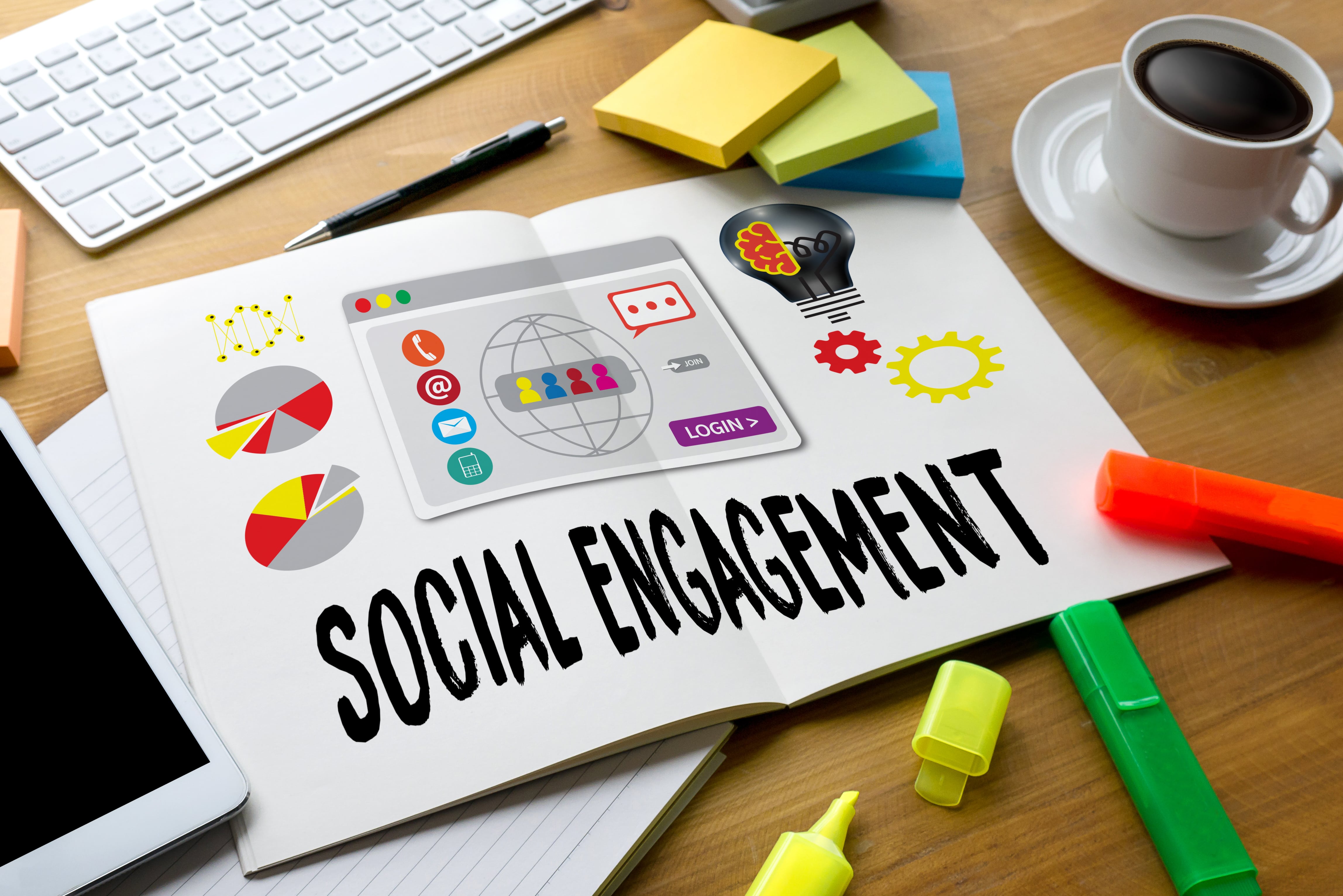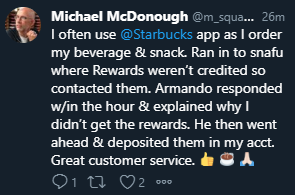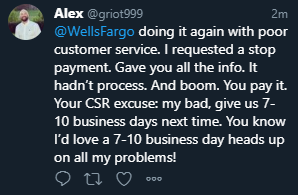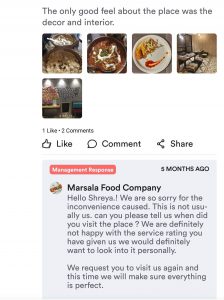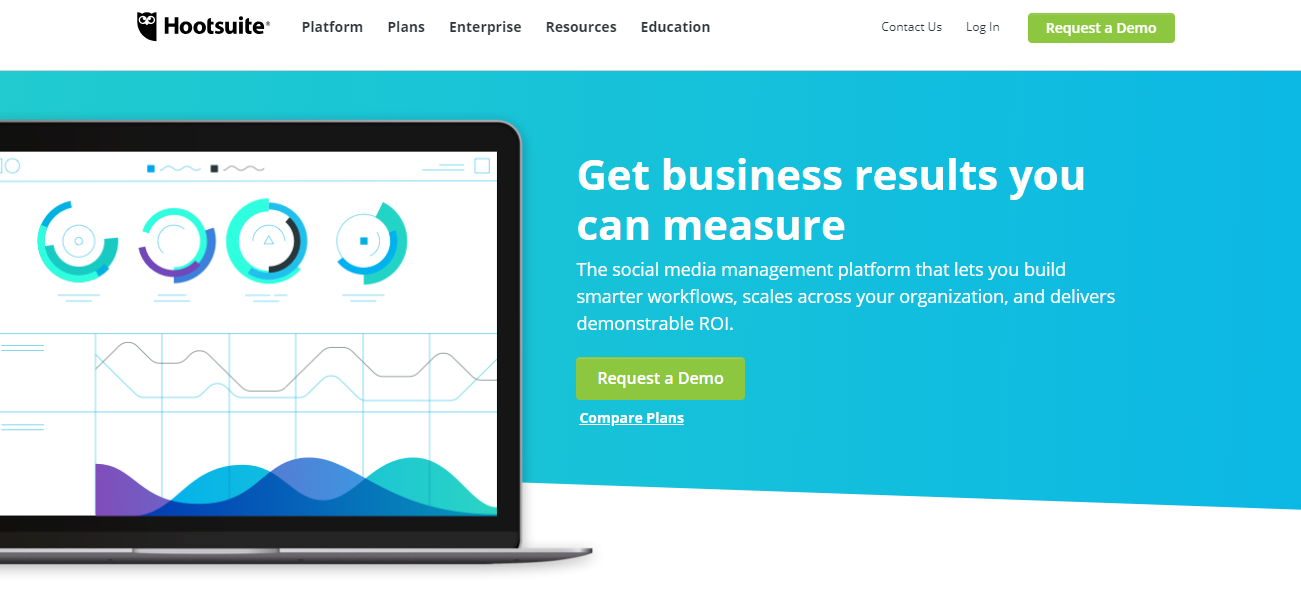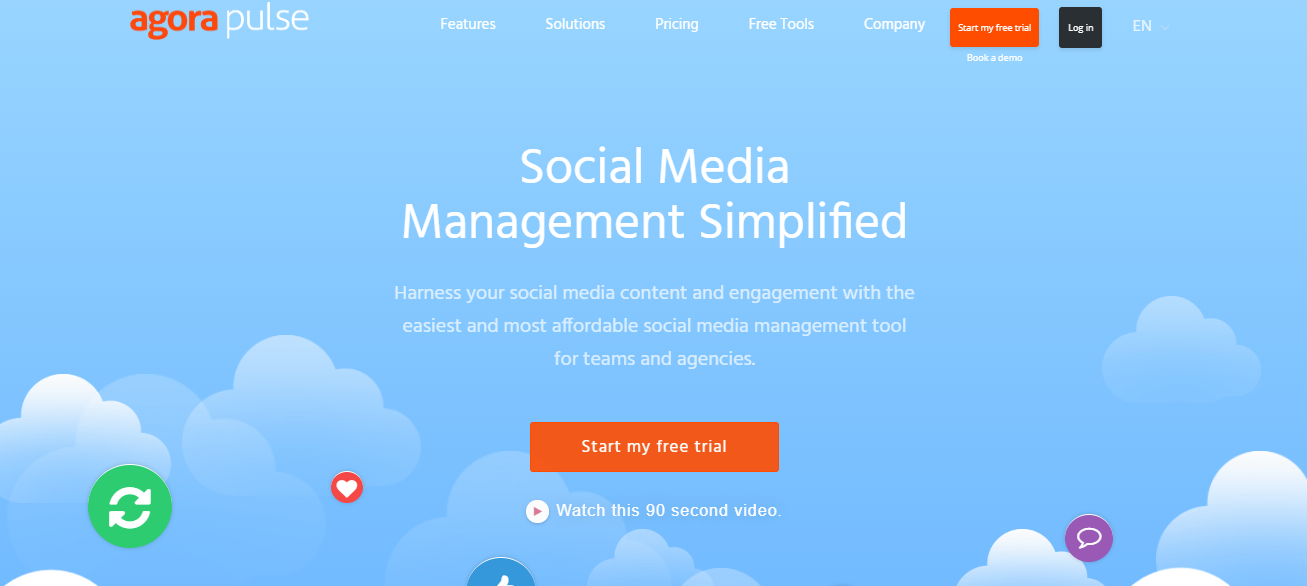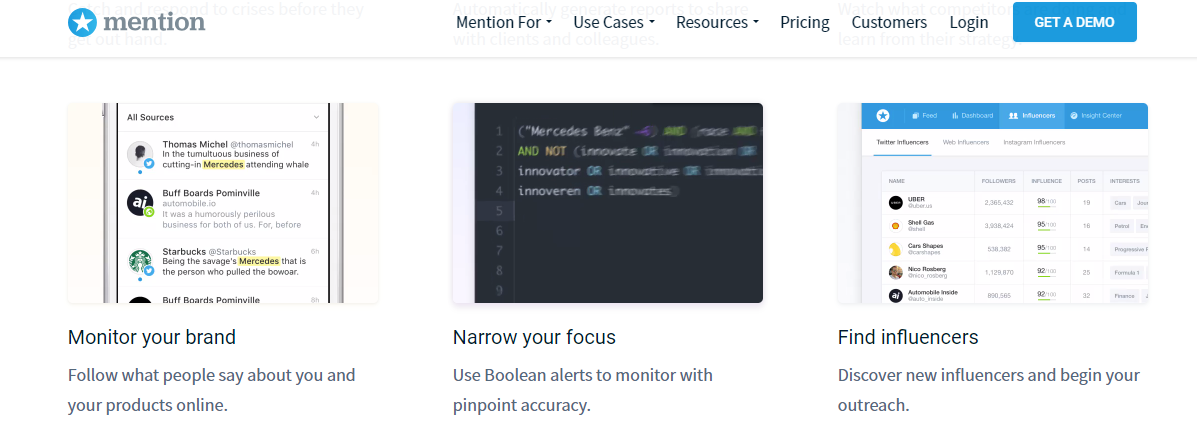How can Social Listening help Schools?
An extensive amount of research into a school’s reputation precedes any decision made by parents (as well as the students themselves) when it comes to choosing a school these days. This is why we see most schools trying to put their best foot forward. They try profiling glowing testimonials from their students and offering a 360-degree virtual tour of their infrastructure. The students, however, rely less on all these and more on what is being said about the school on the internet! This is why social listening to the chatter around their brand becomes absolutely essential for schools to avoid a PR disaster.
According to an IBM executive report on B2B marketing, 69% millennials said they would post a positive review on social media platforms only if they are happy with the service. In this age of technology, positive opinion travels fast and misinformation travels faster.
All this makes social listening essential for schools and other educational centers. This is especially so because most of the students today are tech-savvy. They are the generation who were born into a gadget-filled world which makes them innately curious. Almost all millennials are active on social media. They like to record all their daily experiences and encounters on social media.
Schools today need to monitor their social media reputation diligently if they are to impress or attract millennials. There is help at hand as there is a plethora of social listening tools. These tools provide insights, tailored to the specific needs of that industry.
How does Social Listening for Schools Benefit You?
Every year, before the academic year starts, students and parents discuss schools and colleges. Topics range from the kind of school they want to join, the subjects they are planning to opt for, and also, which institutes they think are the best. Knowing which schools are being talked about and whether your brand stands in the chatter is important. If your institute is being mentioned, how do you know if the general perception is positive? And if it is positive, how do you use that fact to draw in more students?
Social listening for schools is a great way to know about the industry standards and benchmarks and to understand what parents value the most, and what students like the best. Social listening for customer feedback and competitor analysis is done by every industry and schools are no exception. A caveat though! As the customer here is a child, barging too much into their personal lives or violating their privacy is not ethical.
Monitoring your brand’s performance online can seem to be a long drawn process. Here’s what social listening helps you achieve.
- Listen to all the chatter and buzz around your brand
- Analyze sentiments to tell you how well your brand is perceived
- Learn about industry standards and benchmarks
- Track Industry trends and news of any changes to regulations
- Perform competitor analysis
Key Insights using Social Listening for Schools
Social listening makes it possible for you to know what your prospective students are looking for, from a school. By listening to keywords like ‘campus life’, ‘faculty’, ‘school infrastructure’, you can gain insights into the kind of campus life desired by them.
There’s now no need to rely on guesswork anymore, as you can actually listen to the negative chatter around your competitors’ brand. As unhappy students post about their negative experiences, you get to know about the issues, derive insights on how to build your brand, and also market it right to convert some of these students to your own.
Build a Stronger Alumni Base with Social Listening
One of the best features of social listening is that it helps you find the influencers for your domain. You can consider having your own students act as campus ambassadors. What can be better than an alumnus advocating for their school? It doesn’t mean you actively get students to vouch for you. You could use social listening to hear what your students think about your school and choose the ones who loved their time at your school and share their posts onward. Their posts are your live marketing testimonials, which vouch for your brand’s credibility and can bring it visibility.
Feedback and Crisis Management
Like in any other industry, educational institutes will have people who are unsatisfied with the quality of service, question the safety of their child or the overall management. Social listening is helpful in containing such incidents If you stay responsive and make the necessary changes when warranted. Such alertness to negative remarks and feedback on social media can protect a school’s reputation and avoid a potential PR crisis.
The safety and security of their children at school is of paramount importance to parents. To deal with this, The Orange County Public School in Florida tracks keywords like cyberbullying, threats of suicide et cetera to prevent the possibility of any looming crisis.
There’s no doubt that social media monitoring helps you keep a check on the wired world every second, in real-time, to buy you enough time to douse the fire before it turns wild.


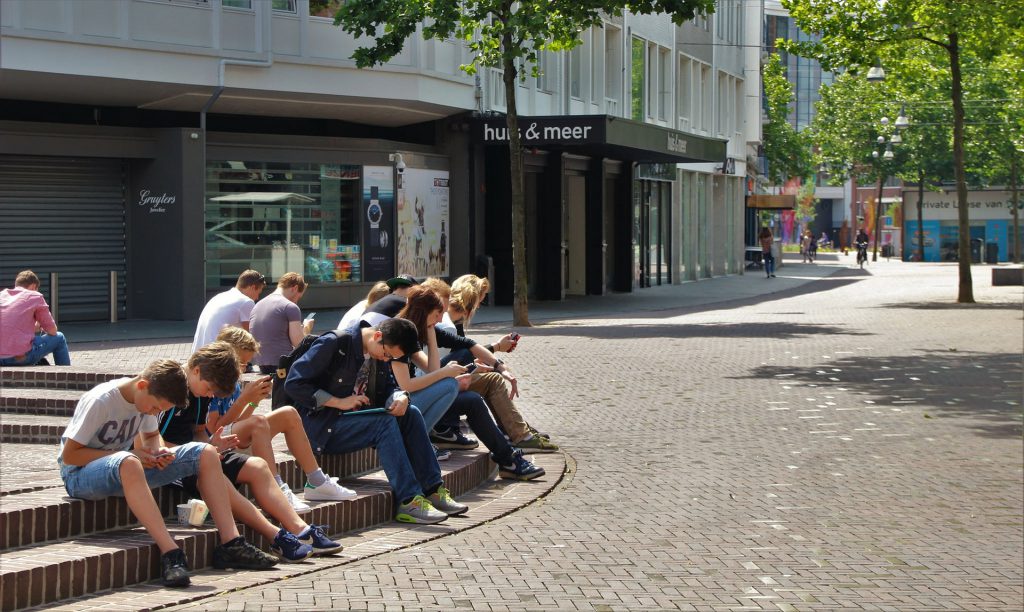




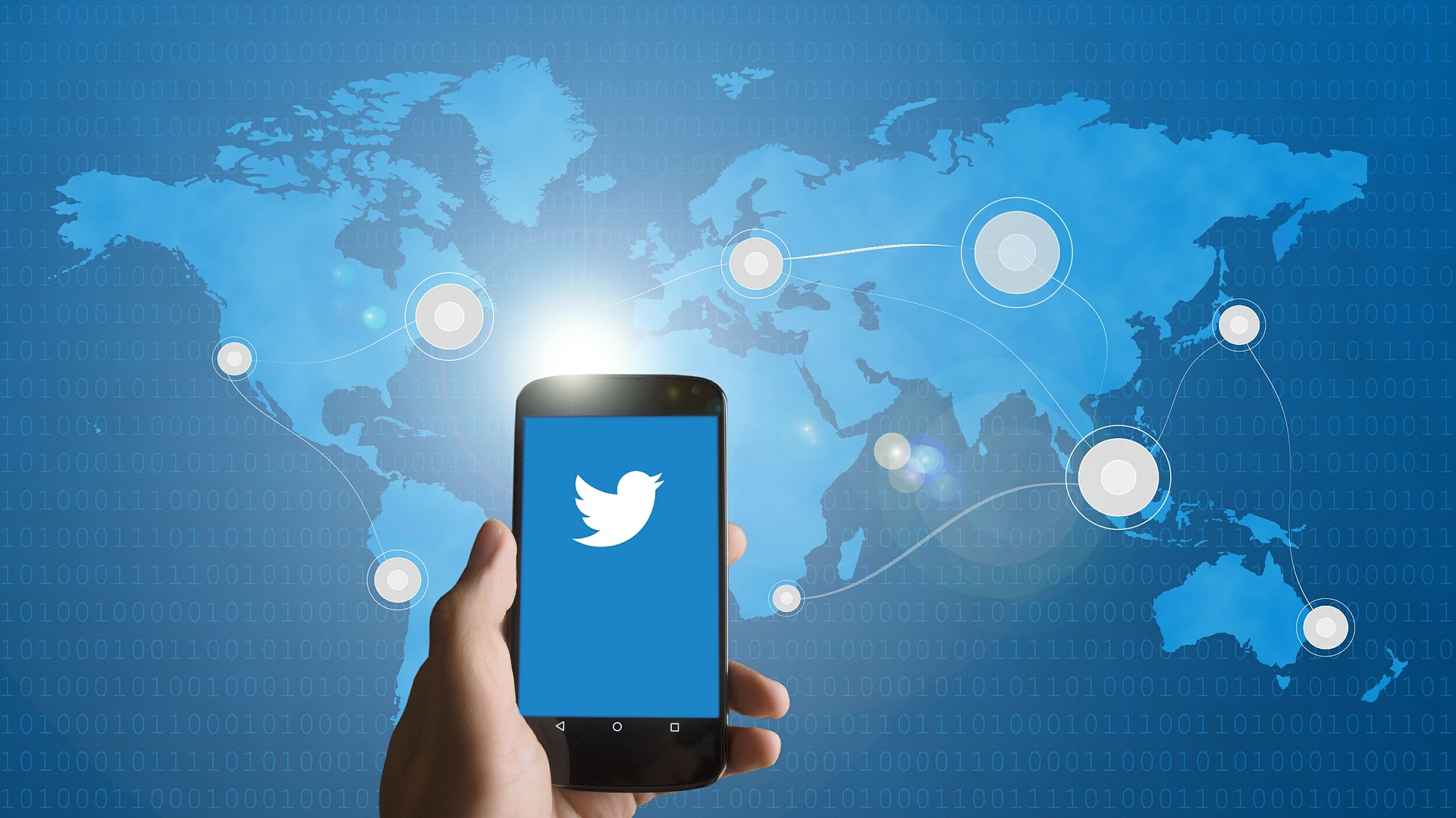

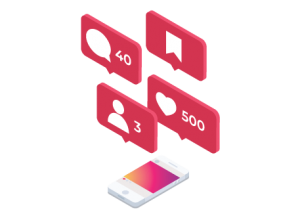 Social Media Monitoring
Social Media Monitoring
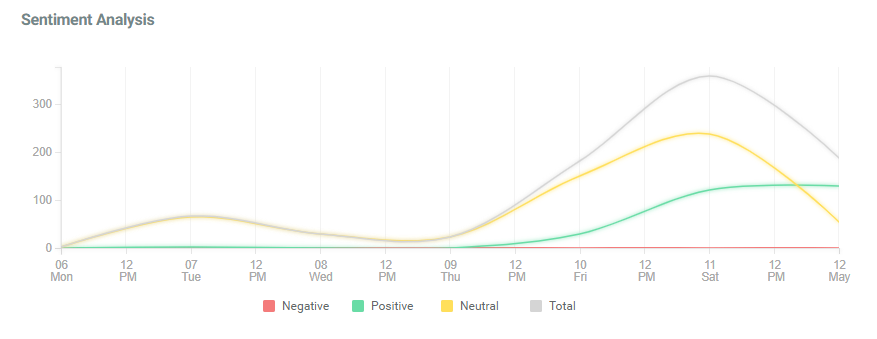


 Besides the positive responses, people also expressed their opinions about the outfits and the celebrities who they felt did not present themselves quite well. Ashley Graham was judged to be among the worst dressed at the event, according to the Twitterati.
Besides the positive responses, people also expressed their opinions about the outfits and the celebrities who they felt did not present themselves quite well. Ashley Graham was judged to be among the worst dressed at the event, according to the Twitterati.
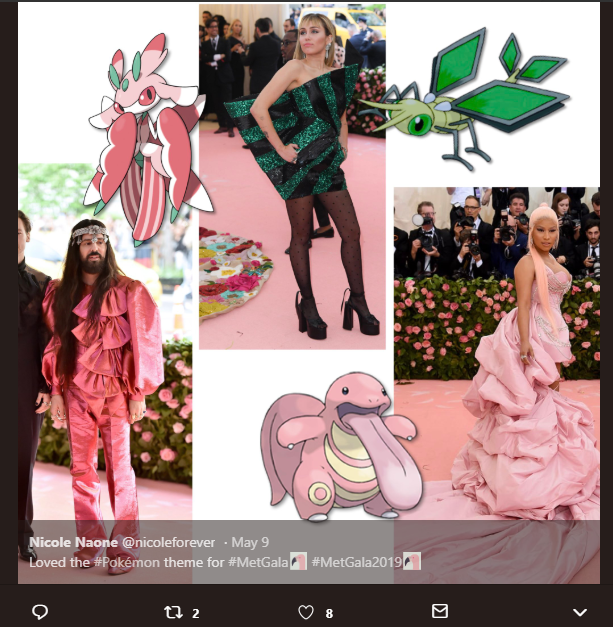


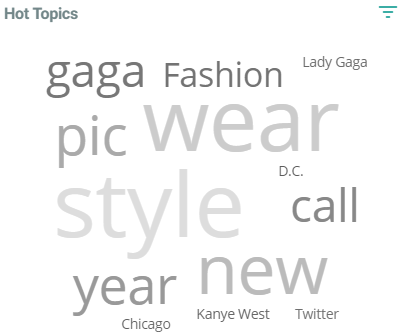
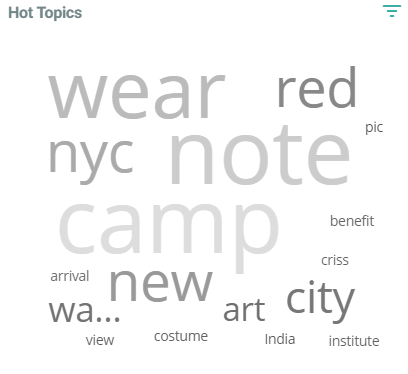

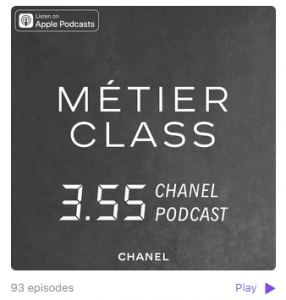
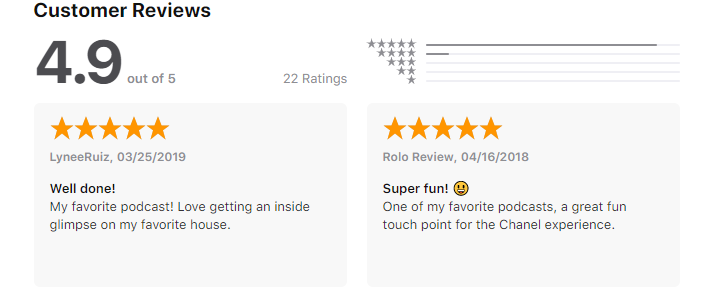



 Goal Setting
Goal Setting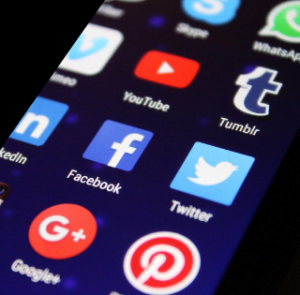 Platforms covered
Platforms covered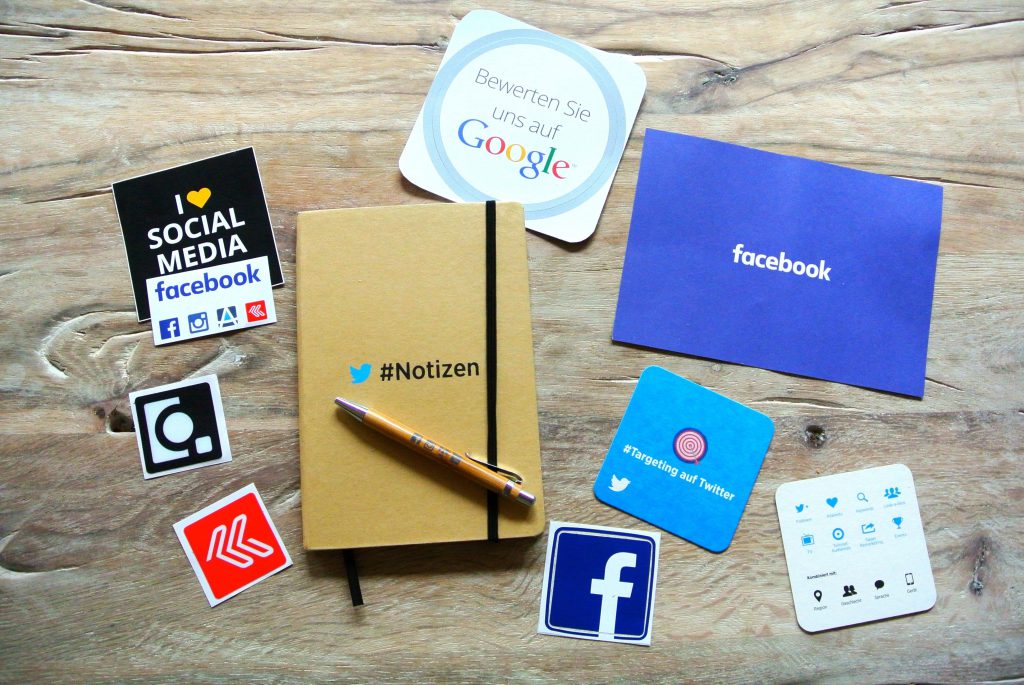

 Social media monitoring gets you in touch with your greatest fans as well as your harshest critics. Embracing both can help you develop your business strategy. The critics help you improve, and the fans help you to advertise your brand. Interacting and engaging with both these groups makes them feel valued and who knows, maybe you can turn a critic into a fan. When you engage with your fans, you encourage and excite them about your brand all the more. They may turn into
Social media monitoring gets you in touch with your greatest fans as well as your harshest critics. Embracing both can help you develop your business strategy. The critics help you improve, and the fans help you to advertise your brand. Interacting and engaging with both these groups makes them feel valued and who knows, maybe you can turn a critic into a fan. When you engage with your fans, you encourage and excite them about your brand all the more. They may turn into